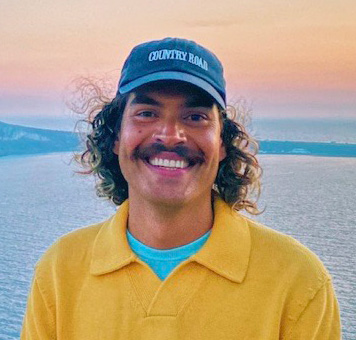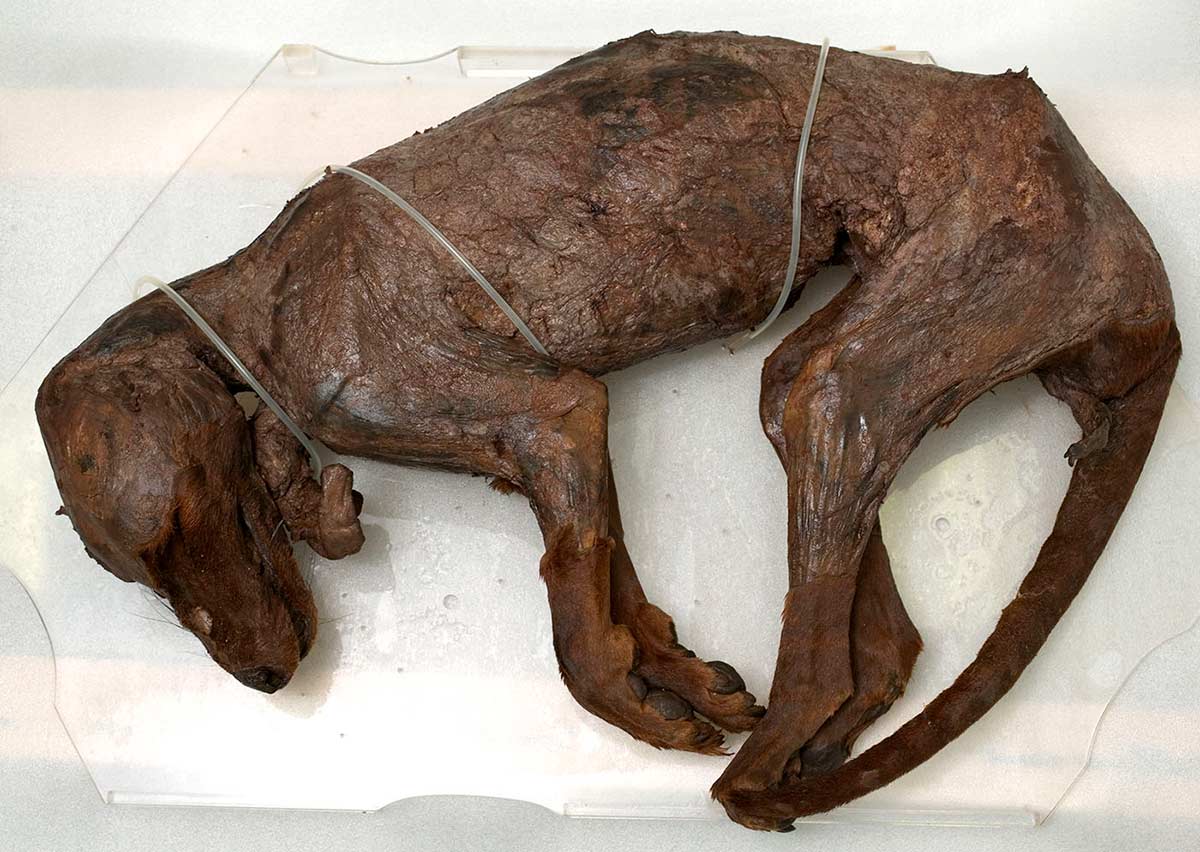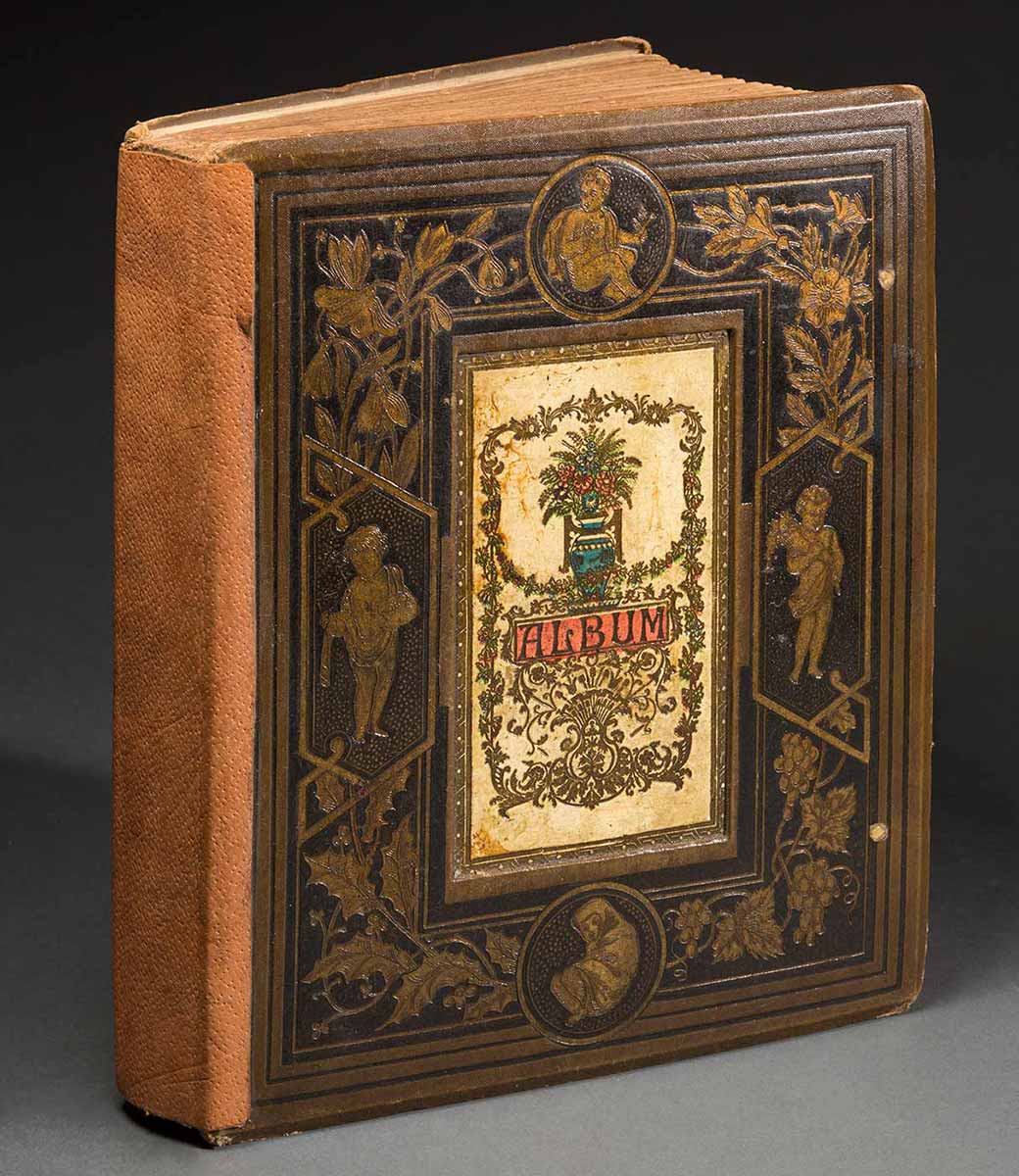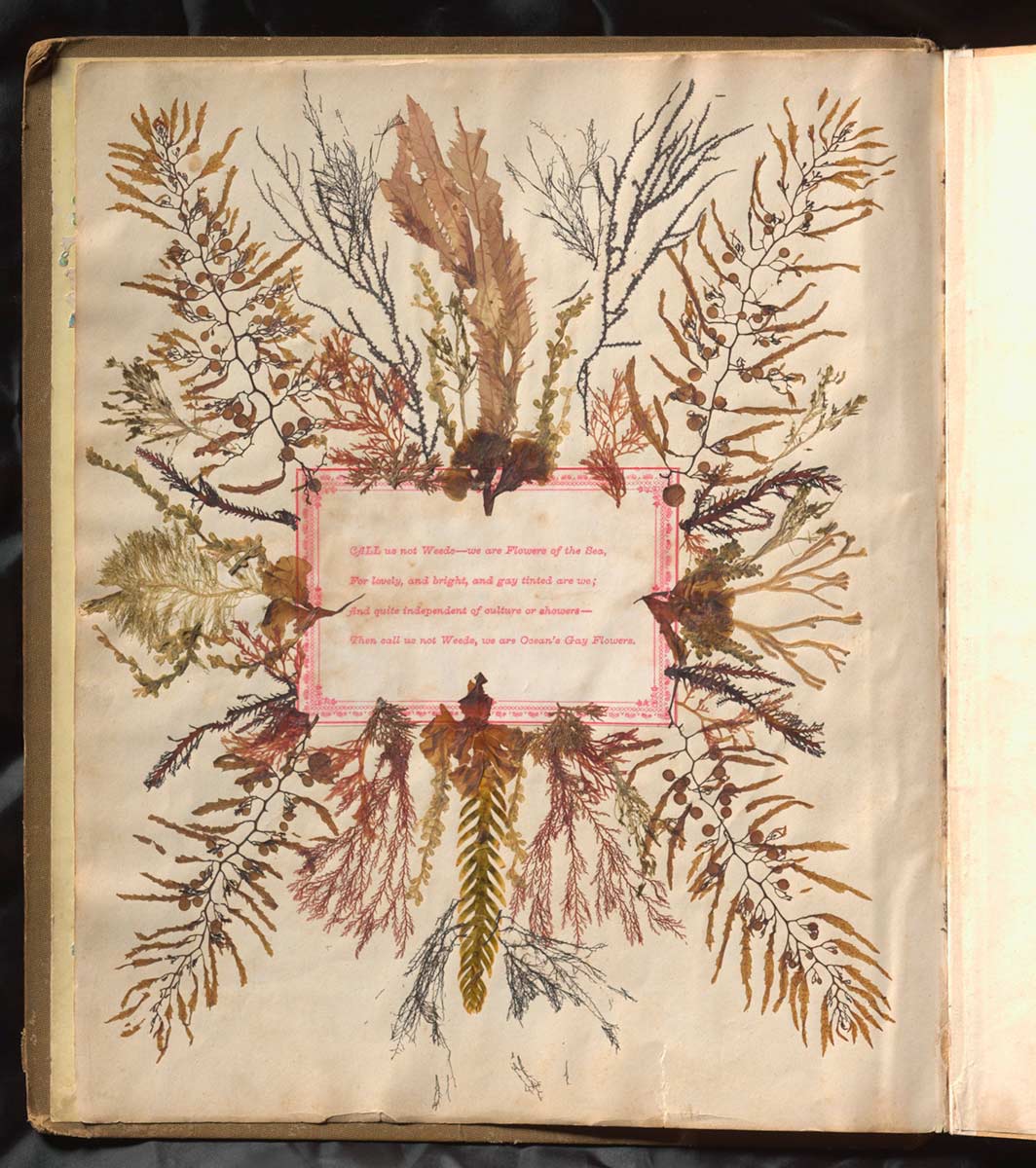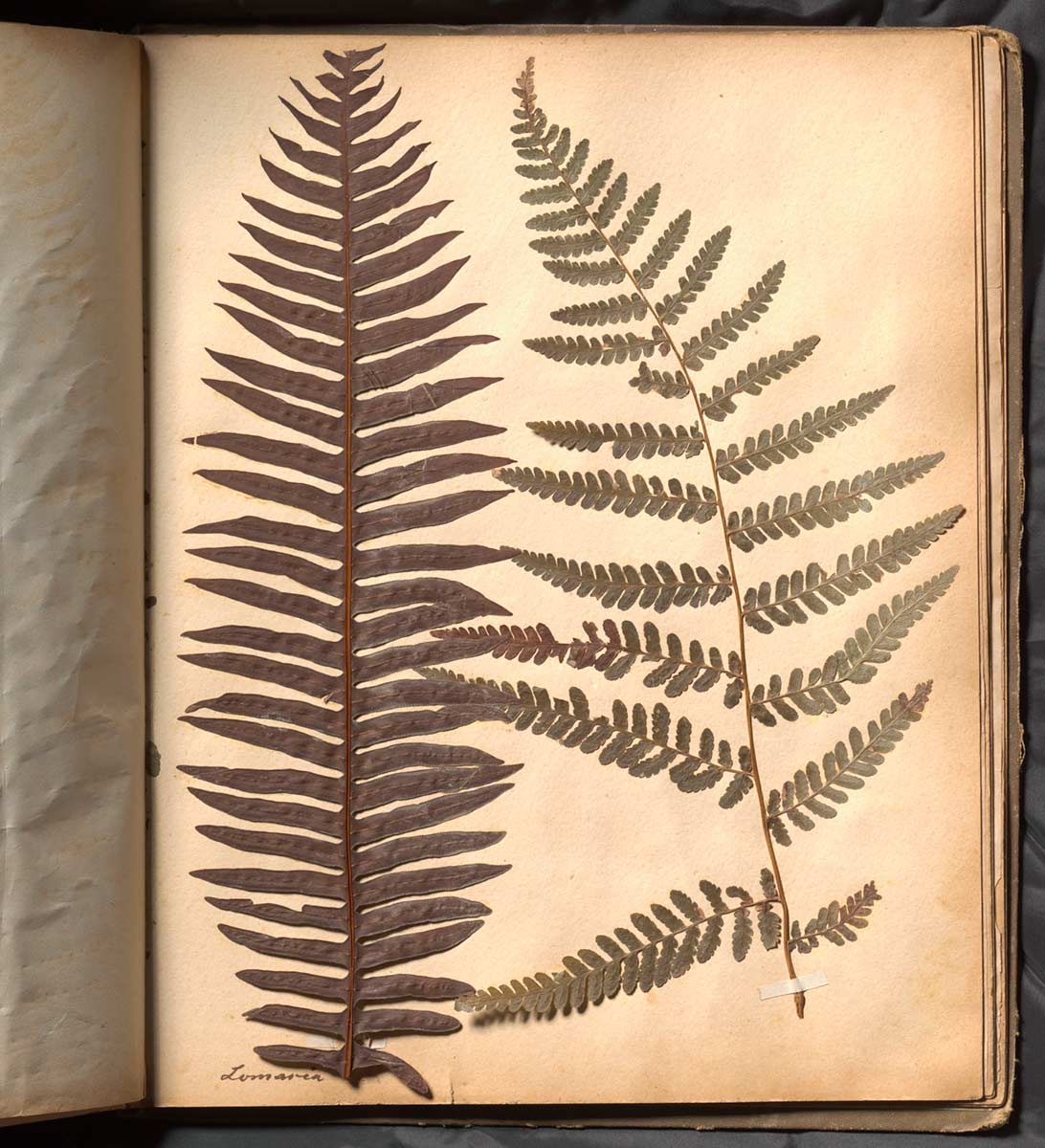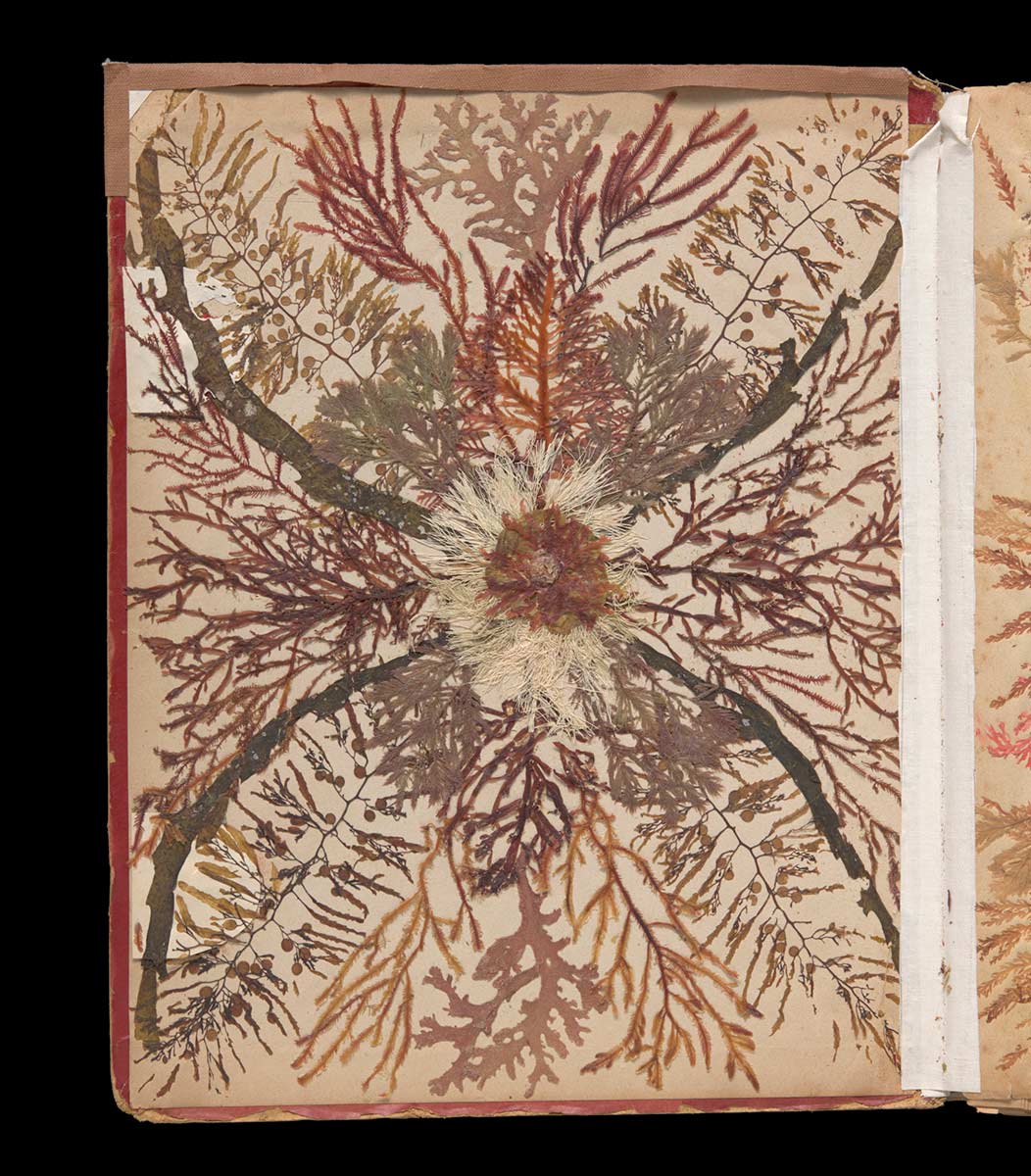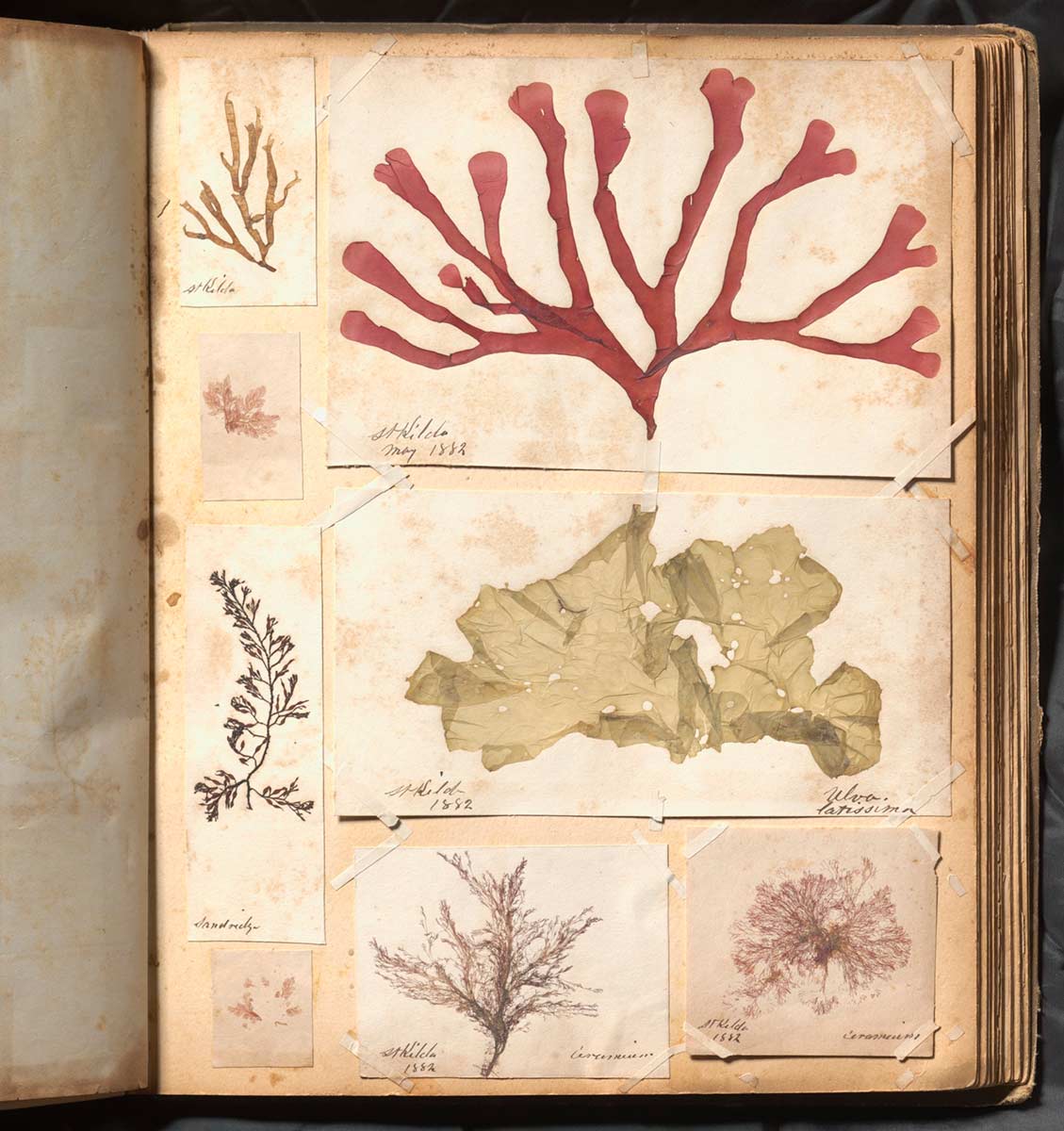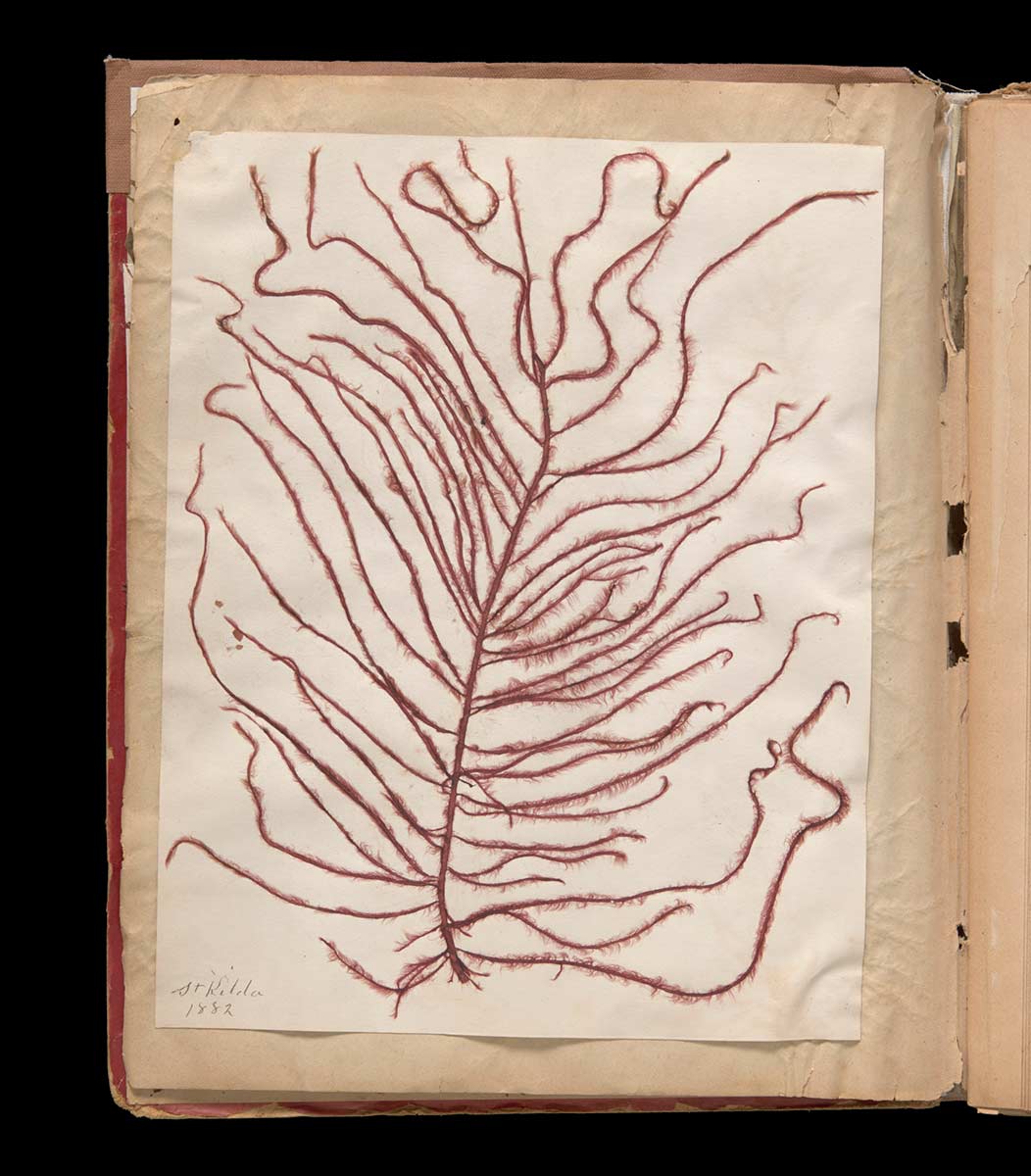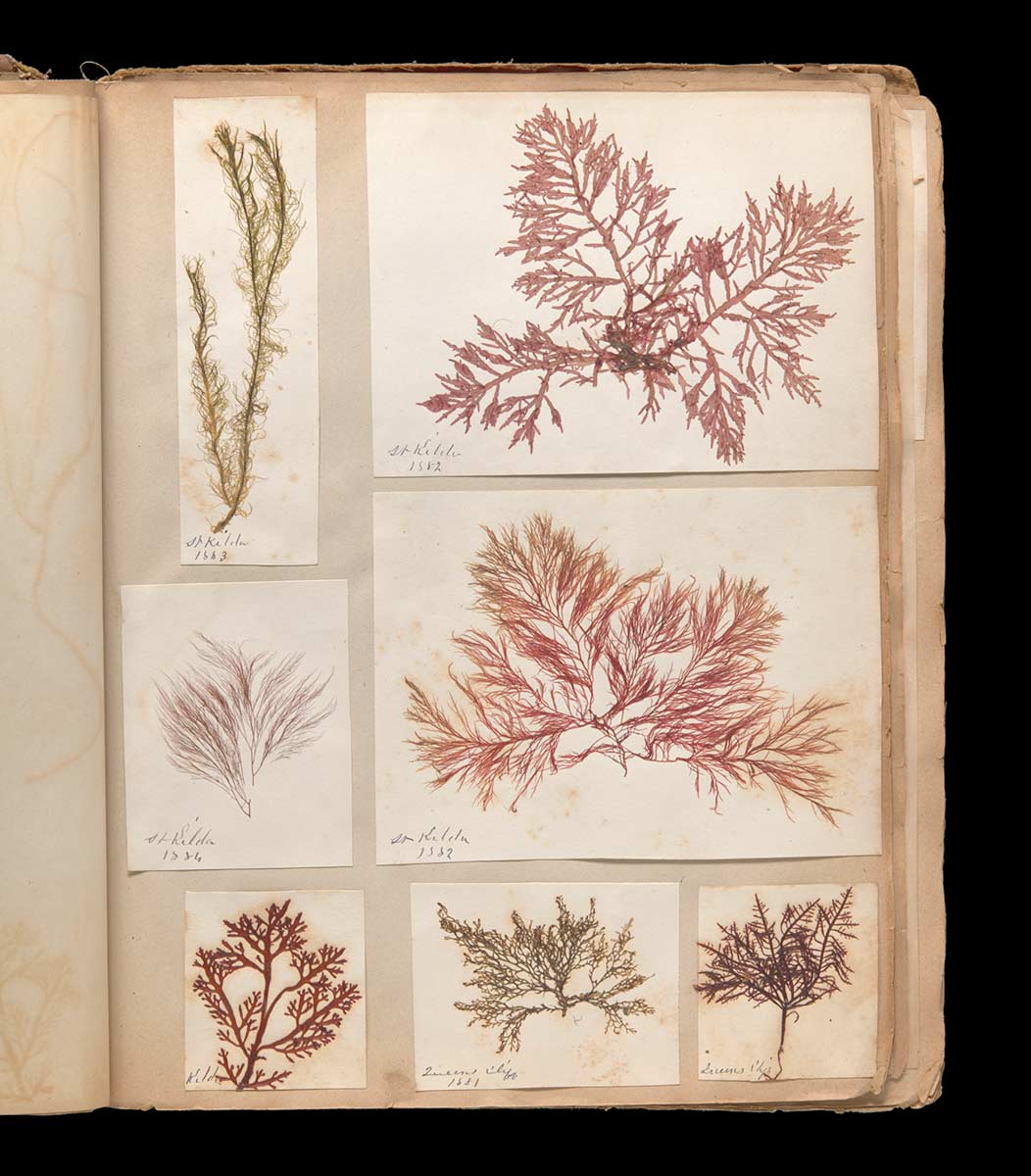This month we’re delving into some of the weird, wacky and wonderful objects and stories in our collection.
Australian Institute of Anatomy
Prominent Melbourne orthopaedic surgeon Colin MacKenzie believed that Australia’s unique fauna was destined for extinction. In 1924 he wrote, ‘Unfortunately these animals are fast disappearing, and, in less than 20 years it is computed, will, in the absence of rigid protective measures, be all extinct.’
A man of considerable wealth and extensive political connections, MacKenzie devoted much of his professional life to building an extensive collection of Australian animal specimens. This collection was later to become the National Museum of Australia’s first collection.
Sadly, MacKenzie’s dire prediction of extinction proved to be true for many Australian animals. Environmental historian Libby Robin said, 'As a scientist on a mission, MacKenzie probably did not pause to consider the weird reaction that his specimens arouse in many 21st century viewers; they were simply wonderful for science in his day.'
MacKenzie's collection includes examples of both rare and endangered species. Perhaps one of the most significant specimens is a whole carcass of a thylacine. This is believed to be the only complete adult thylacine carcass preserved in the world.
Port Phillip Seaweed album
The Port Phillip seaweed album was acquired by the Museum in 2013. It contains over 200 specimens of pressed seaweeds, as well as a few zoophytes, mosses and ferns.
Handwritten annotations on the seaweed specimens indicate that most of them were collected between the 1850s and the 1880s in Port Phillip Bay, and at beaches around Melbourne, including St Kilda, Hobsons Bay, Sandridge (now Port Melbourne), Brighton and Queens Cliff (now Queenscliff).
One specimen, collected in 1851, comes from the north of Ireland. Two others, collected 1854, come from the Cape of Good Hope. This suggests that the album’s unknown creator migrated from Great Britain to Melbourne in the mid-19th century.
The collector doesn’t seem to have been particularly interested in acquiring a wide range of species, often pressing the same type of seaweed over and over again. Slighty wacky!
Leisure time in 1913
In this audio on demand program, historian Jill Julius Matthews surveys magazines and movies from 1913 to look at how people in Australia spent their leisure time a century ago.
Through 100-year-old magazines such as Australian Variety, Footlights and Splashes Weekly, Matthews explores the popular Tango Teas at the Tivoli Theatre, silent films, dancing and the Crystal Palace Amusement Centre in George Street, Sydney.
This wonderful look at the past is sure to excite and inspire.
Glorious Days: Australia 1913 27 Aug 2013
Leisure time, 1913
We’ll keep bringing objects, collections, exhibitions and programs from the vault as part of the Museum from Home experience. Stay tuned!
In our collection
